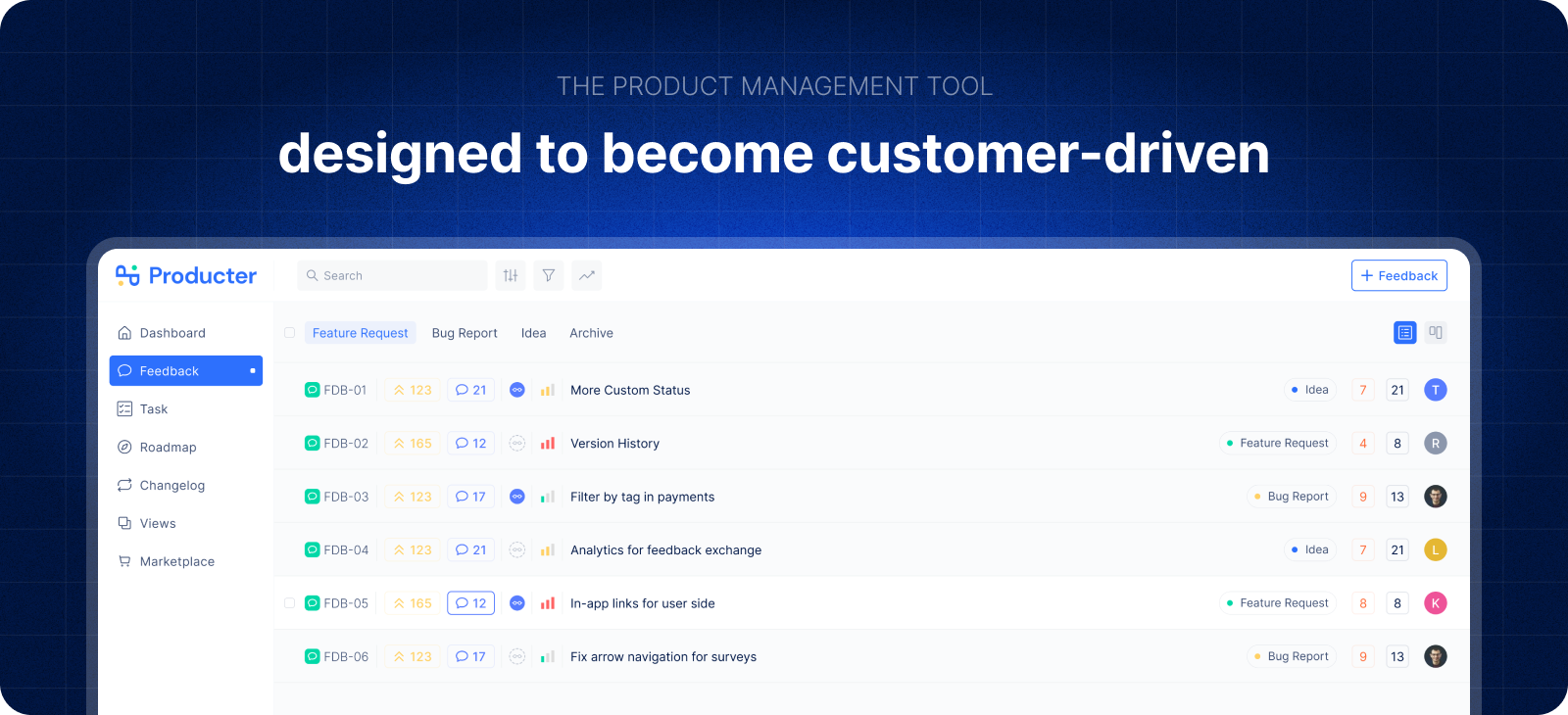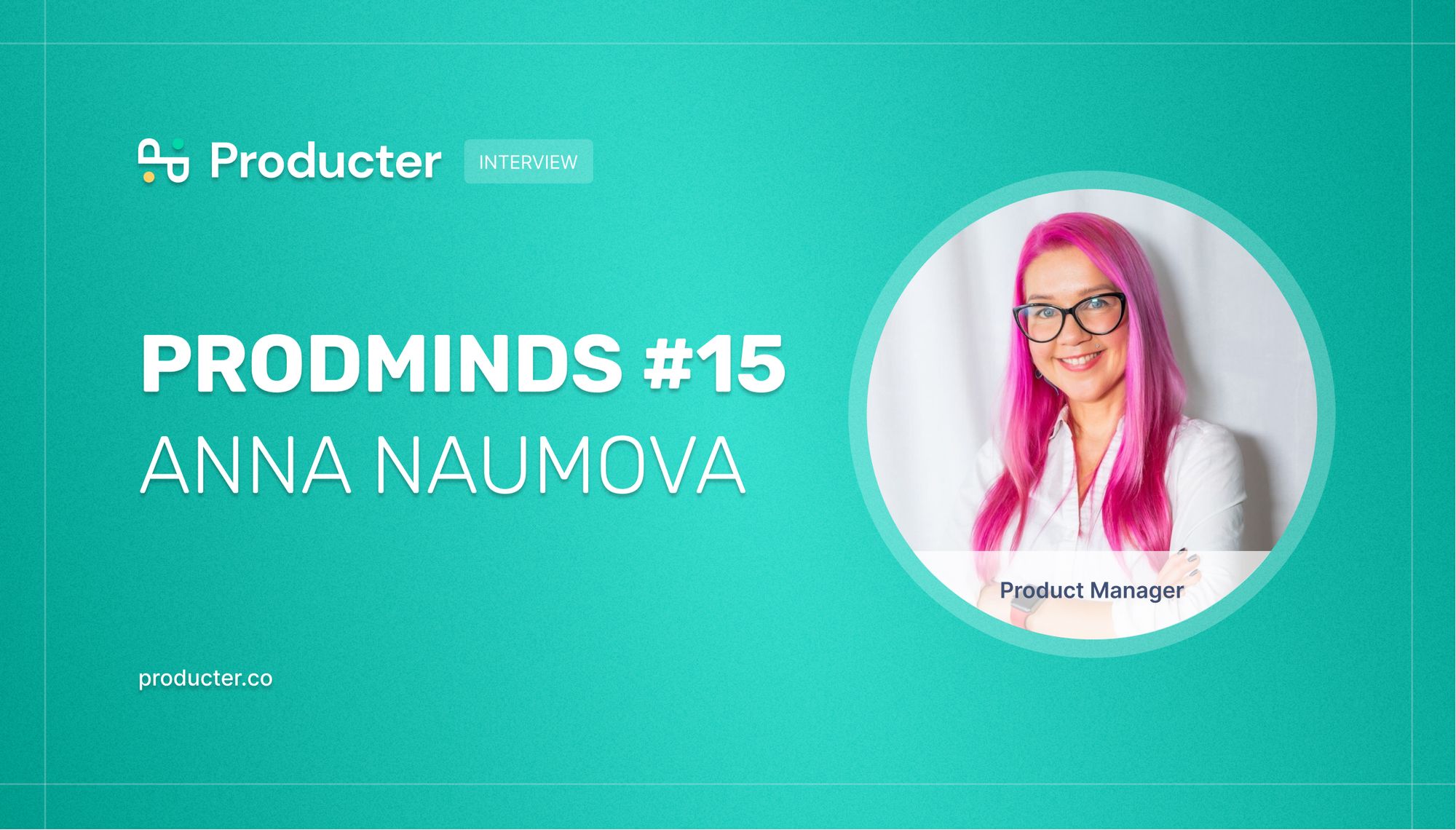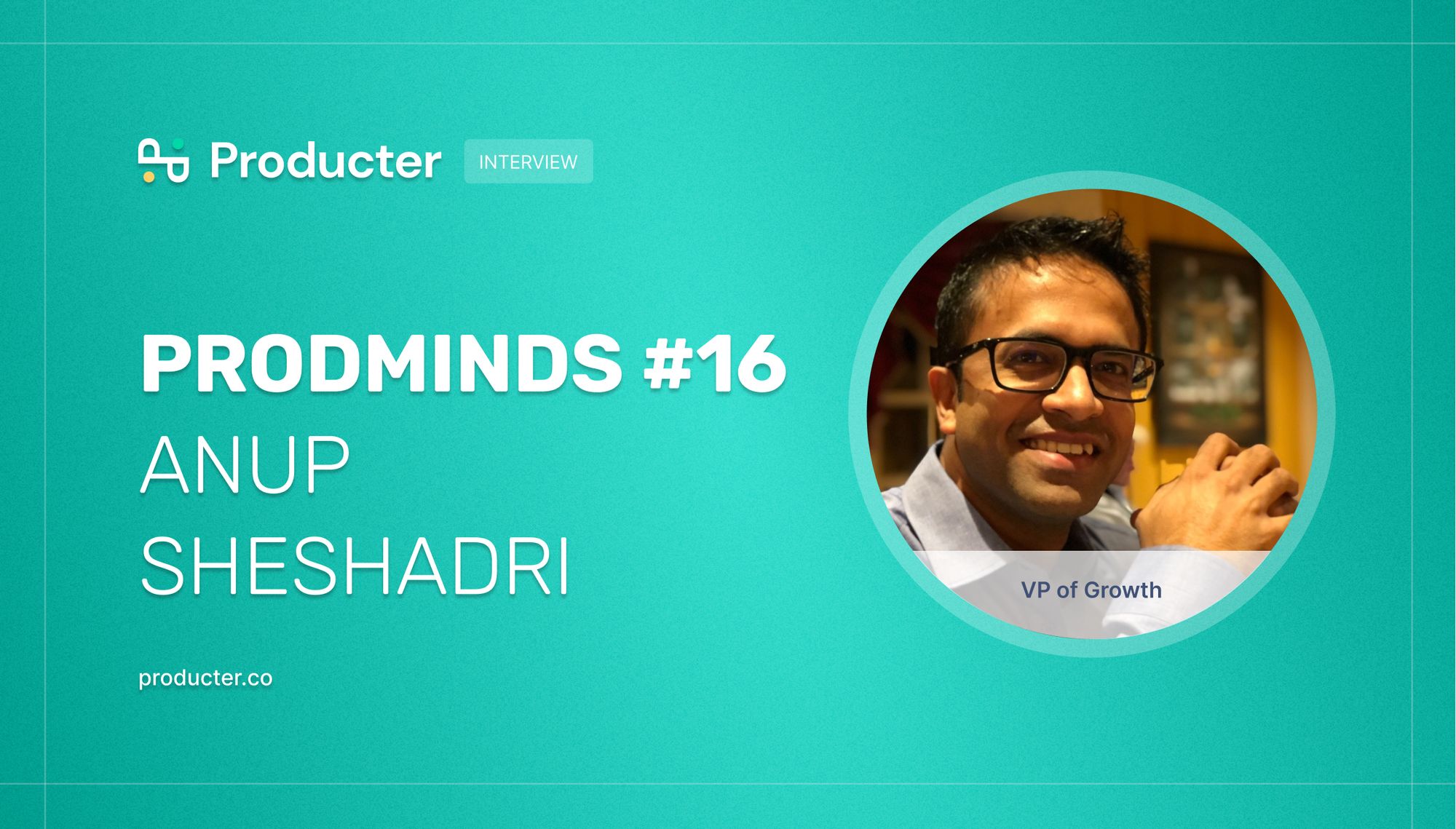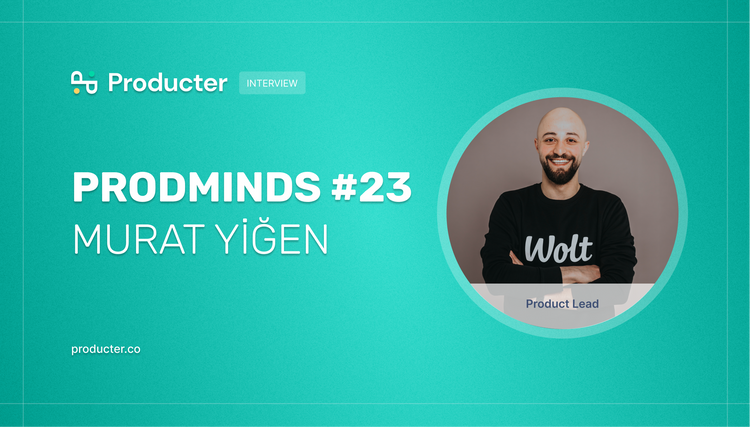Team Producter: Would you tell us a bit about you and your career path in product management?
Shyvee: I started my career working as a management consultant on large-scale, global digital transformation projects for clients across telecommunications, financial services, and retail. I discovered product management as a career option during my time at Kellogg Northwestern, while pursuing my MBA and Master in Design Innovation. I initially talked myself down from pursuing this path, because I wasn’t sure if I would excel as a PM because I didn’t have a technical degree. Over a few more years of explorations working, in various operations and program management roles, I finally developed a conviction for product management and made my way to LinkedIn, first building internal tools for sales teams, and eventually building learning products for LinkedIn Learning.
Team Producter: Which part of being a Product Manager is the most challenging for you?
Shyvee: The first challenge is knowing what’s the right problem to solve and committing to solve the problem, not the solution. So often we fall into the “build trap” and keep delivering outputs and lose sight of not delivering enough outcome or customer value.
The second challenge is the ability to influence without authority. I often hear from fellow PMs about how their hard work and great ideas aren’t being appreciated, how decision making is so painfully slow in a consensus-driven organization, and how there are just so many cooks in the kitchen, hindering progress.
A key to master the art of being compelling as a PM is to focus on both the “substance” of your argument and the “style” of the argument, particularly as it relates to the target audience and key stakeholders we are trying to convince. Sachin Rekhi has some really good advice on how to tackle both challenges, see a summary here.
Team Producter: Is there a method you use for prioritization? Or, Is there a custom approach you designed?
Shyvee: Six simple yet powerful questions I often ask myself and my team when it comes to prioritization:
[1] What is the customer value, both in terms of breadth and depth?
[2] What is the business value?
[3] What is the cost of implementation?
[4] Why now?
[5] What is our level of confidence knowing that this will work?
[6] What are we saying no to by doing this?
Team Producter: How do you think departmental silos affect product companies? In what ways do you build and maintain relationships with stakeholders from different teams?
Shyvee: Departmental silos are killers to development velocity. Not only does it introduce a tremendous amount of inefficiencies, it is also dangerous to not have a unified vision towards the product. Ways that I’ve found effective building and maintaining relationships with cross-functional teams include (1) mapping out who needs to be involved in the product development process early, we often call them the “tiger team” and know what their roles are - here the RAPID framework can come in handy. (2) Get to know people at a personal level for watercolor conversations and celebrate the small wins. (3) In today’s hybrid and remote work, sending weekly newsletters to inform stakeholders of progress can also be an effective strategy.
Team Producter: What is the most challenging part of design and experience in the Learning product?
Shyvee: Unlike optimizing products that have a sole focus Jobs To Be Done (JTBD), like Uber or Instacart, EdTech products have very complex JTBD and often have to rely on factors like motivating the learners to make progress that are outside the direct control of a product. This is the most fun and challenging part.
Dealing with many users, say if you are designing a learning product for enterprises, you will have to deal with employees, managers, and Learning & Development program managers and administrators. Each may have very different preferences and needs. You want to be very clear and intention about how you want to design the product such that it doesn’t introduce too much unnecessary complexity into the product.
Last but not least, Content is part of the Product experience for learning products, so make sure the Content-Product duo must come together to reinforce each other.
Team Producter: When it comes to listening to your users, what's your method? Is their input considered in critical product decisions in learning experience?
Shyvee: Over the years, I learned the secrets to doing really good customer discovery are (1) learn how to ask good questions to dig beyond surface needs. This often involves understanding the end-to-end customer journey from how the user first encounters the product, the actual usage experience, what happens after each interaction with the product, and finally to what extent the product helps the user accomplish her goal. The context can provide rich insights into what the “jobs” the user is hiring the product to do and how well the product is fulfilling that need. (2) Continuous discovery and repeated exposure to customer struggles with real-life problems are the key to gaining user empathy and keeping up with any changing preferences and needs. According to design researcher Jared Spool, teams that met with real customers for at least 2 hours per team member every 6 weeks produced superior products. Read more about ideas to create a user-focused product culture here.
Producter is a product management tool designed to become customer-driven.
It helps you collect feedback, manage tasks, sharing product updates, creating product docs, and tracking roadmap.

You may also like:








